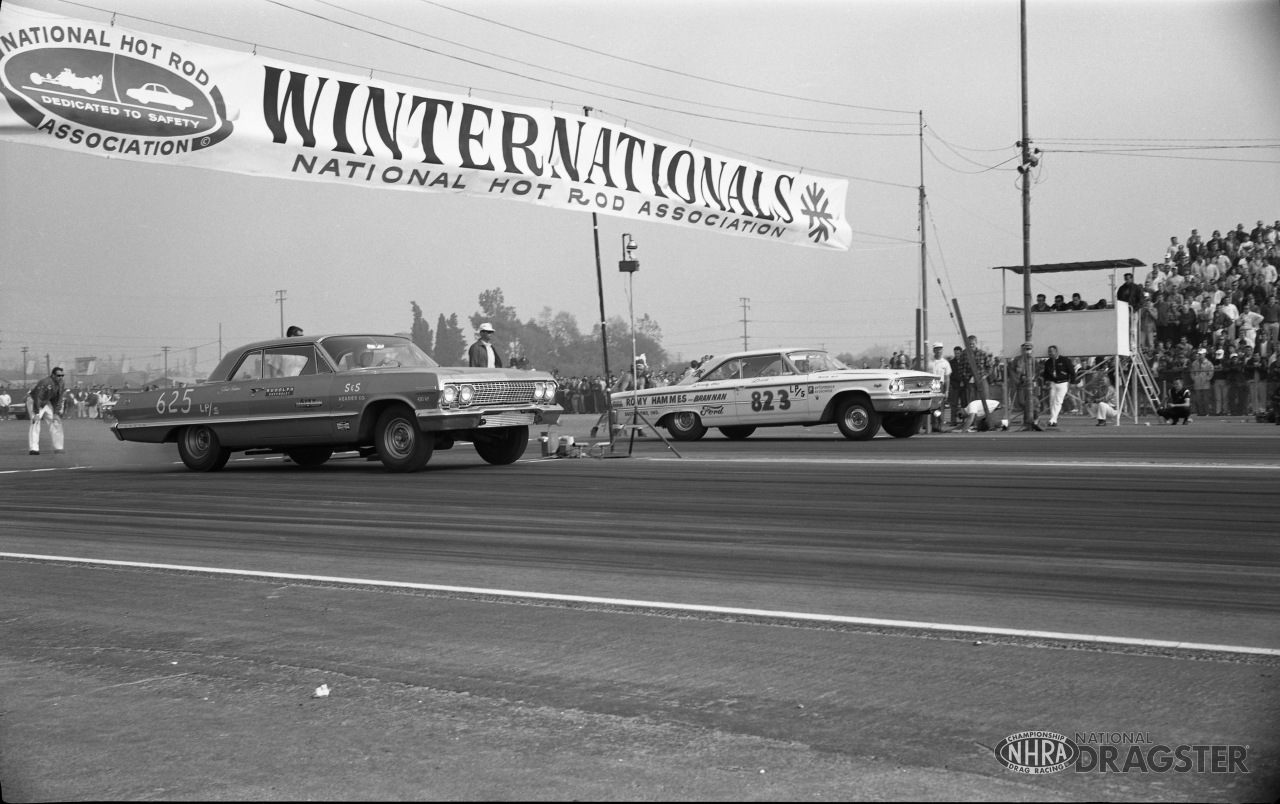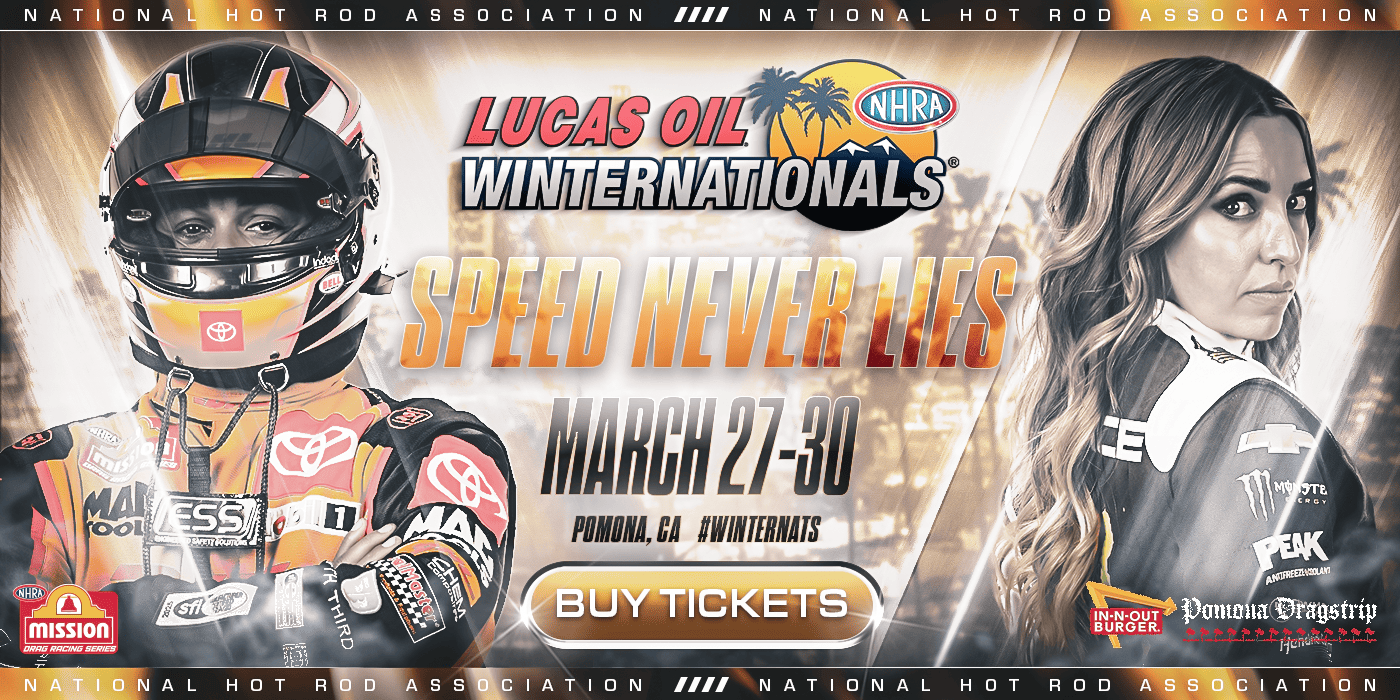4/27: It’s 427 day—and in 1963, Chevrolet created two engines to rain down Turbo-Fire on the competition








In an internal Chevrolet memo titled “1963 Performance Program NASCAR & Drags” dated August 21, 1962, from Vince Piggins (Chevrolet’s head of Economy, Safety and Performance Department) to H.F. Barr, E.J Premo, T.E. Dougherty, M.S. Rosenberger, W.T. Burwell, Zora Arkus Duntov, D.H. Macpherson, and R.L Keinath outlined that two new engine programs were to be fast-tracked to be ready for the 1963 competition seasons. Both engines were to use reworked 409-cid cranks to create 427-cid engines.
See the 421-cid Pontiac Super Duty that inspired the 427-cid Mark I and Mark II engines
The orders were clear, 10 Mark II 427-cid engines were to be prepared to be used at Daytona Beach in February 1963. These engines would debut at Daytona Speed Month and go down in history as the 427-cid Mystery Motors.
Under the heading “Drag Activity” the memo went on to say that “Management has agreed to build 50 special 1963 Impala S.S. Sport Coupes which are to incorporate aluminum front end sheet metal (hood fenders, bumper, etc.) for weight reduction.”
Engines for these cars were to be built at the Tonowanda engine plant in New York using the basic 1963 409 Mark I block, but revised to include the Duntov raised-port cylinder heads with a dual-quad manifold and the stroked crankshaft (3.650 inches) created for the Mark II engines.
See Hot Rod Magazine's modern-day dyno test of the 427-cid Mark II Mystery Motor
This note also specifies that “Mr. Duntov will continue his development of a hood design for carburetor cold air supply and was requested by Mr. Barr to determine the possibility of ducting carburetor air from the cowl heater plenum.”
When NASCAR confirmed that it would allow 427-cid engines for 1963, both the Mark I and Mark II engine programs got the stroked crankshaft, and their engine designations changed to Mark Is and Mark IIs, where the “s” meant “stroked.”
There were to be 50 Mark Is 427-cid (W-series-based engines) built in addition to 15 service engines. By comparison only 20 of the Mark IIs 427-cid (Mystery Motor engines) were to be built for NASCAR.
Want to lean more about the Mark IIs 427-cid Mystery Motor built for the Daytona 500?
In an internal Chevrolet memo titled “1963 Performance Program Meeting-9-18-62” dated September 21, 1962, from Vince Piggins to H.F. Barr, T.E. Dougherty, M.S. Rosenberger, W.T. Burwell, D.H. Macpherson, R.L Keinath, and F.H. Frincke (for Zora Arkus Duntov) the 50 Mark Is 427-cid engines were to be installed in “Light Weight Vehicle RPO Z-11.”
The cars were to be produced at Flint, and were targeted to begin production on December 1, 1962. Mr. Barr directed that no special identification will be given to these vehicles other than the reference to RPO Z-11 and Model 1847. Fender ornament would be the same at 327-cid-engine equipped Impalas. Engine identification for the Mark Is 427-cid engines was to be “430hp Turbo-Fire 427.” Engine identification for the Mark IIs 427-cid engines was to be “427hp Turbo-Fire 427.”
When the Mark Is 427-cid engines showed up at the 1963 NHRA Winternationals in Z-11 Impalas, this is what happened:
In 1964 Dodge and Plymouth unleashed the 426-cid Hemi to decimate NHRA and NASCAR
Highlights of the show include:
4 minutes, 24 seconds: Hayden Proffitt under the hood of his 1963 427-cid-equipped Z-11 Impala
9 minutes, 36 seconds: Super Stockers are called to the lanes























